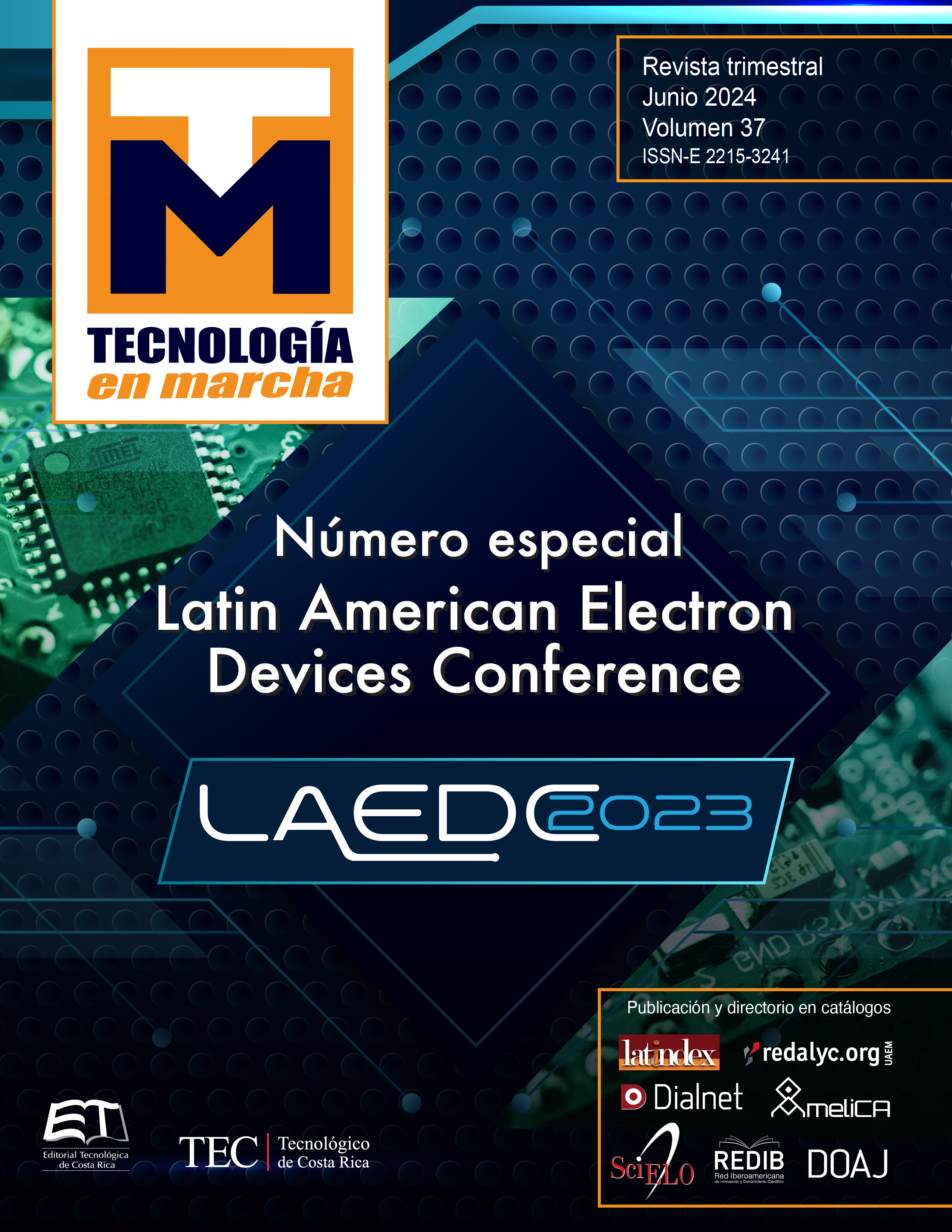Implementation of holographic displays to increase realism in virtual reality through 3D images that simulate being in the environment
Main Article Content
Abstract
This paper presents a study on the use of holographic displays in virtual reality. It highlights the significant advances that virtual reality has experienced in recent years and emphasizes the importance of improving realism in the immersive experience. The potential of holographic displays to enhance the quality of virtual reality by generating 3D images that resemble real physical objects is discussed. The current limitations of electro holographic recording due to the pixelated structures used are mentioned. A model for generating digital holograms using holographic displays is described, based on image superposition techniques and convolution with a point spread function. It is concluded that holographic displays have the potential to revolutionize virtual reality by providing high-quality 3D images and increased interactivity.
Article Details

This work is licensed under a Creative Commons Attribution-NonCommercial-NoDerivatives 4.0 International License.
Los autores conservan los derechos de autor y ceden a la revista el derecho de la primera publicación y pueda editarlo, reproducirlo, distribuirlo, exhibirlo y comunicarlo en el país y en el extranjero mediante medios impresos y electrónicos. Asimismo, asumen el compromiso sobre cualquier litigio o reclamación relacionada con derechos de propiedad intelectual, exonerando de responsabilidad a la Editorial Tecnológica de Costa Rica. Además, se establece que los autores pueden realizar otros acuerdos contractuales independientes y adicionales para la distribución no exclusiva de la versión del artículo publicado en esta revista (p. ej., incluirlo en un repositorio institucional o publicarlo en un libro) siempre que indiquen claramente que el trabajo se publicó por primera vez en esta revista.
References
J. Hecht, “Optical dreams, virtual reality,” Opt. Photon. News 27(6), 24–31 (2016).
Y. Fahri, O. Levent and H. Kang “State of the Art in Holographic Displays: A Survey” Journal of Display
Technology, 443-451 (2010).
X. Yang H. Zhang and Q. Wang, “A Fast Computer-Generated Holographic Method for VR and AR Near-Eye
D Display”, 1-12 (2019).

